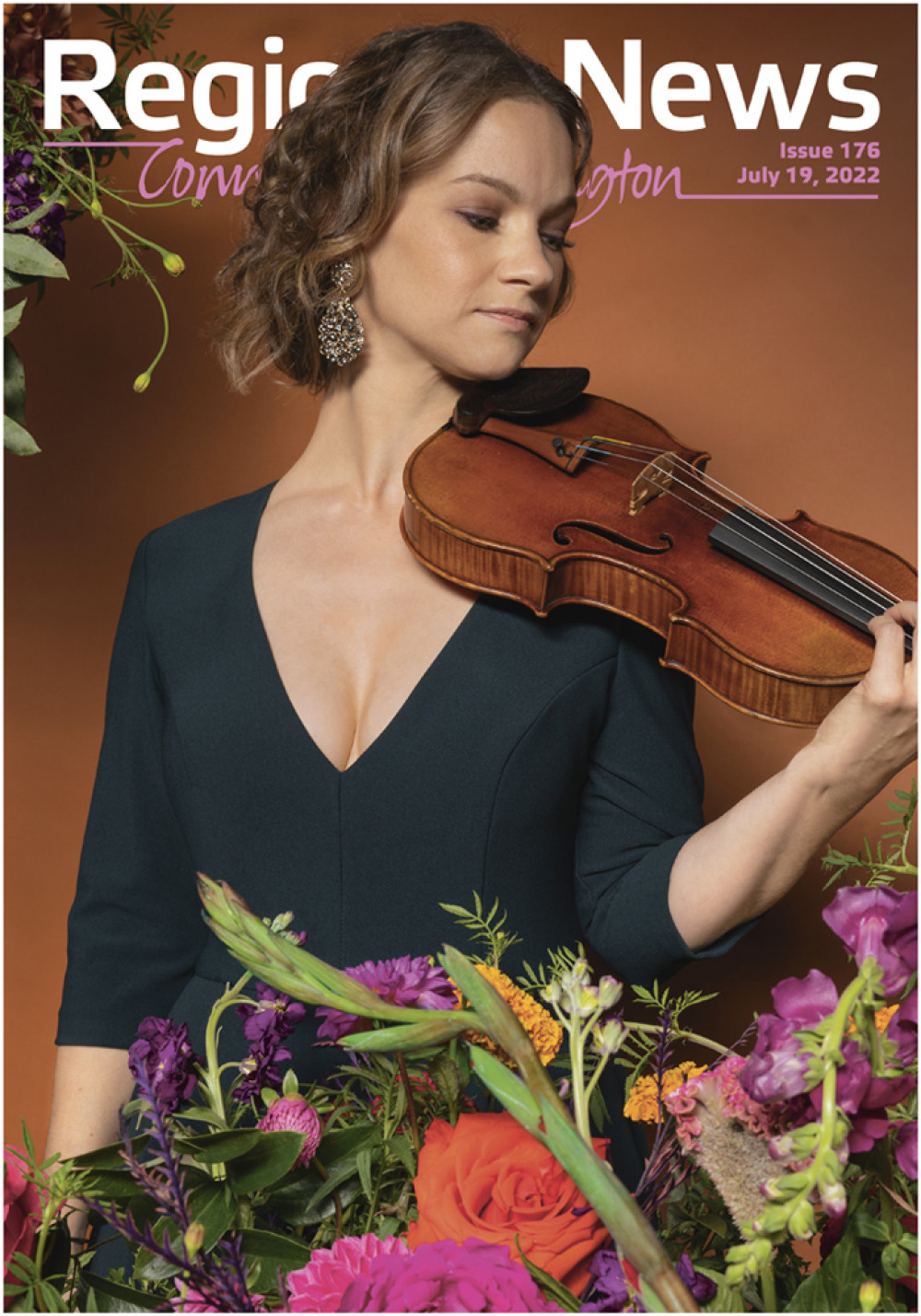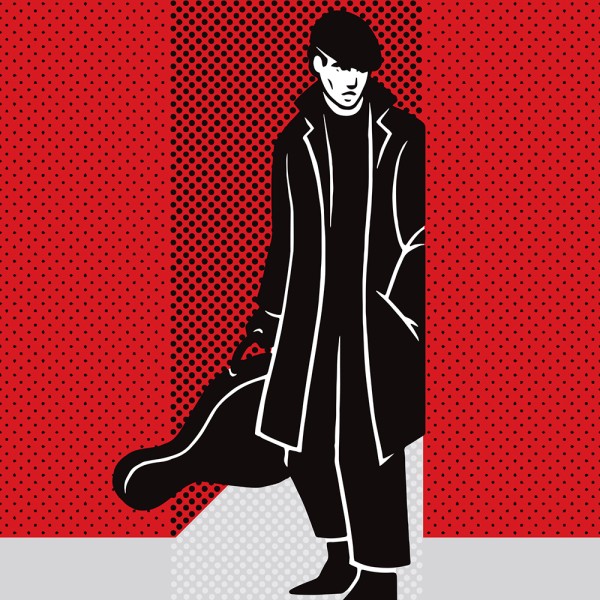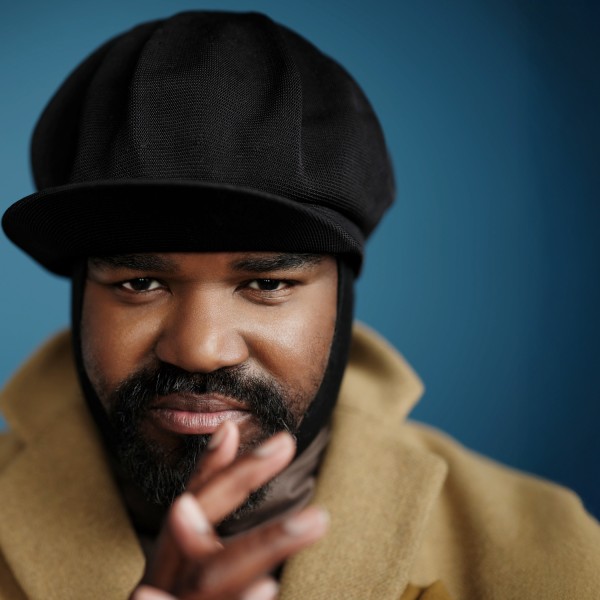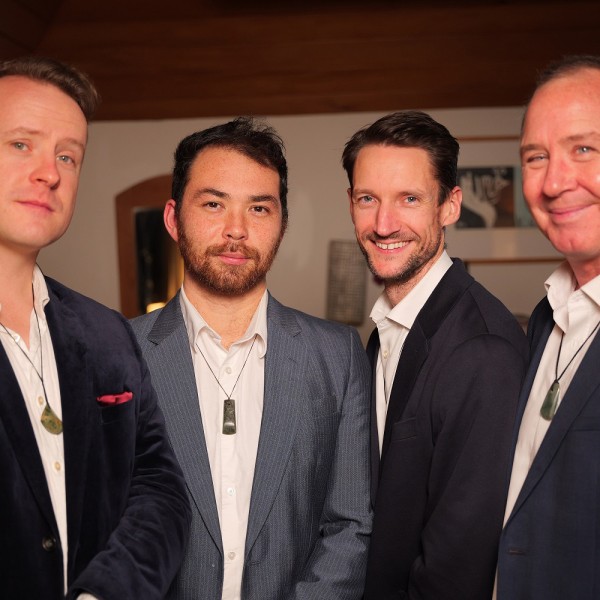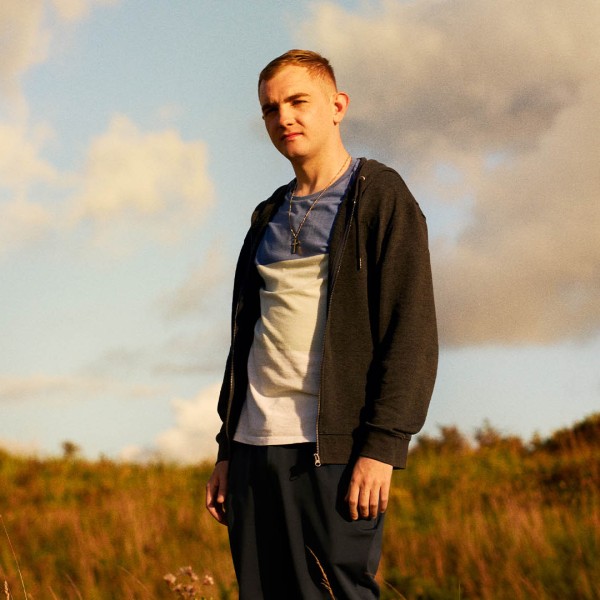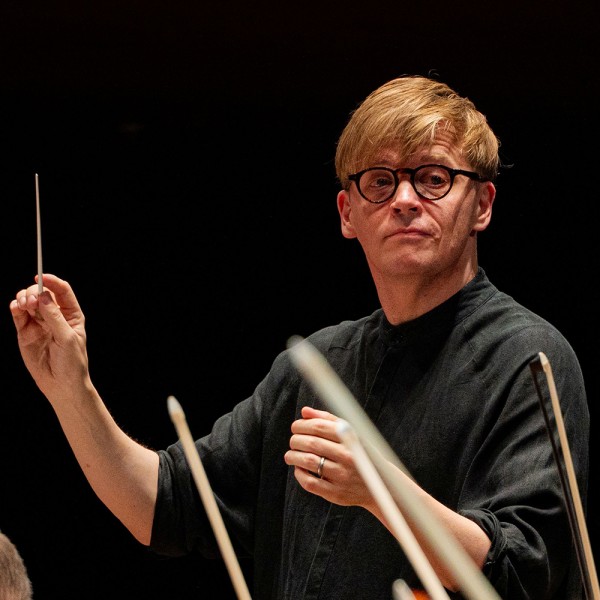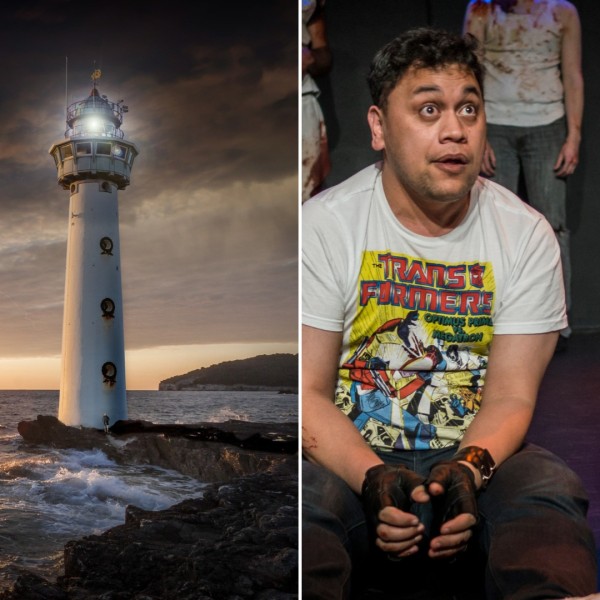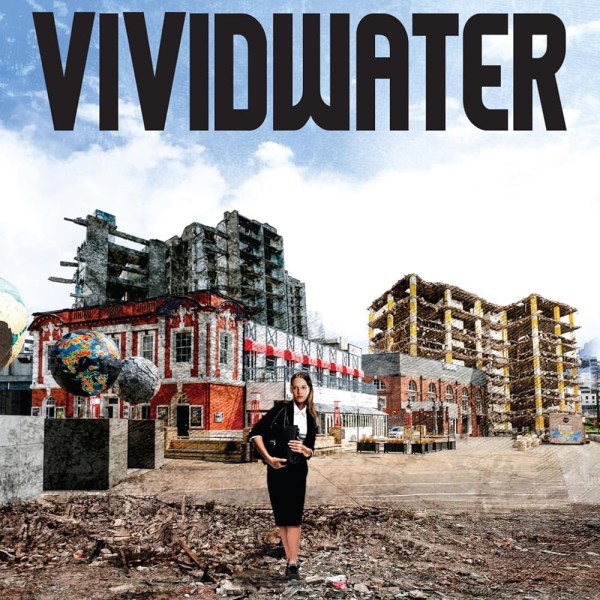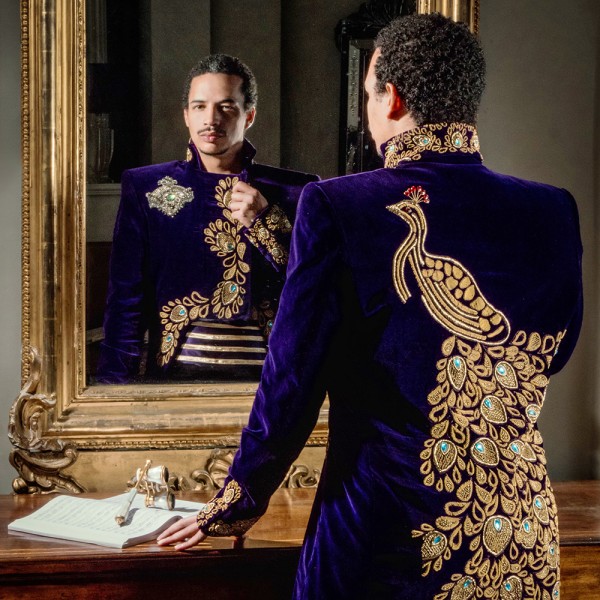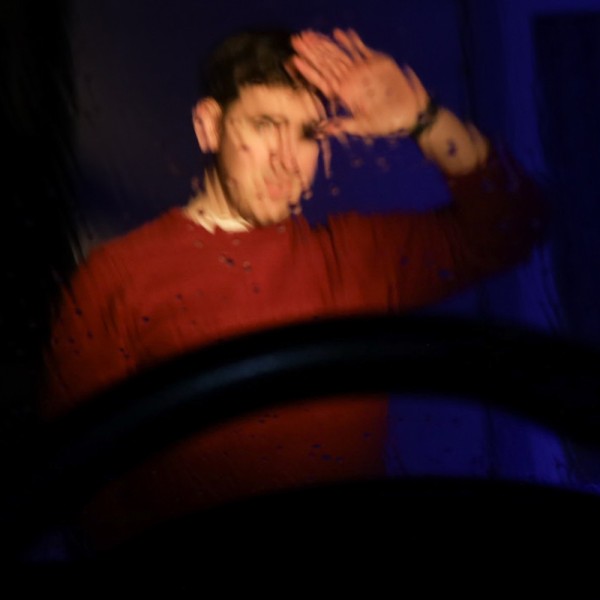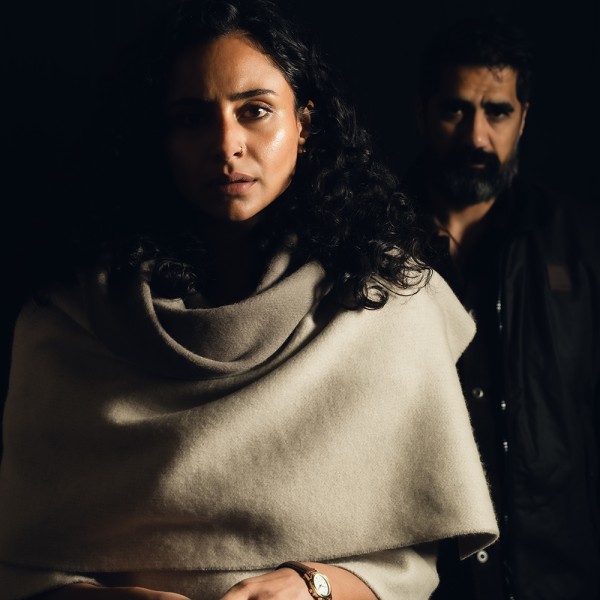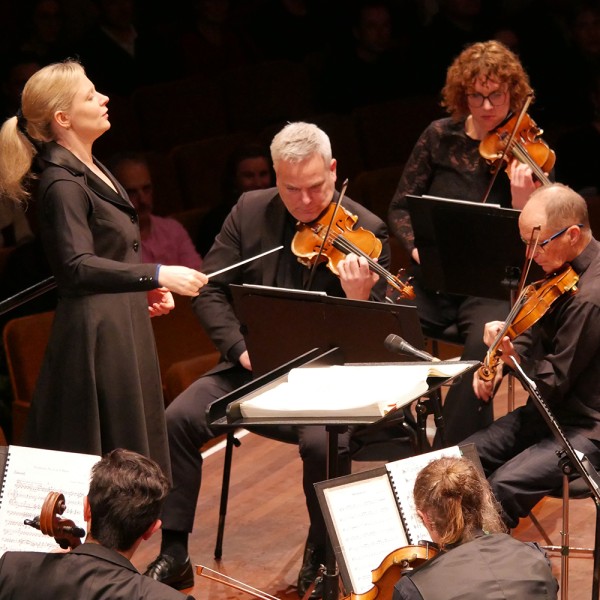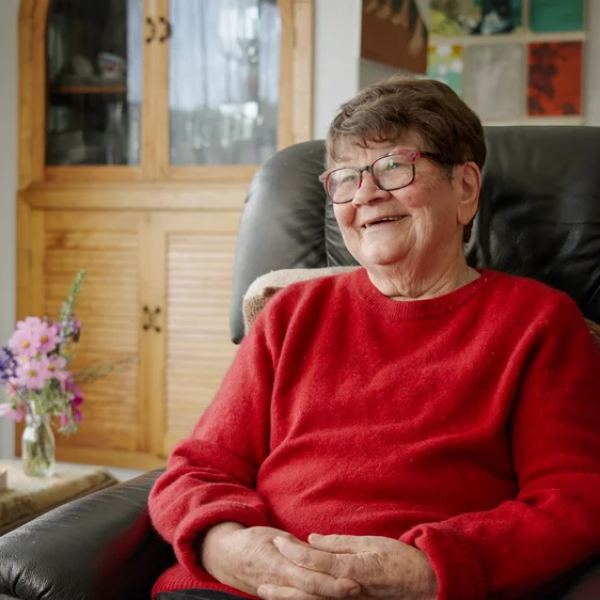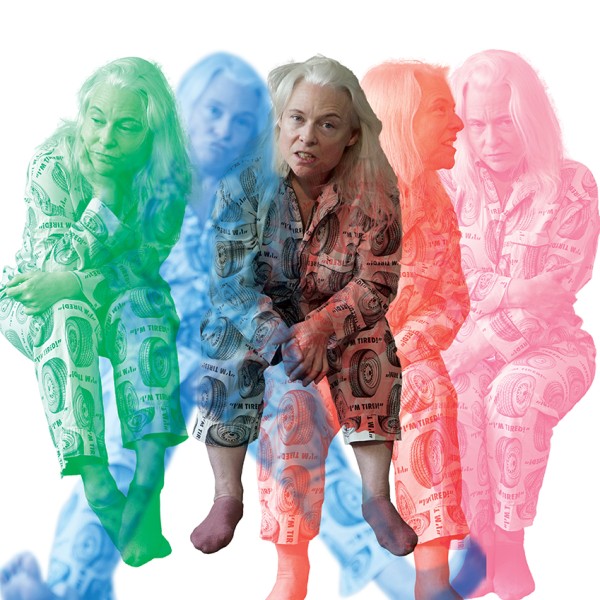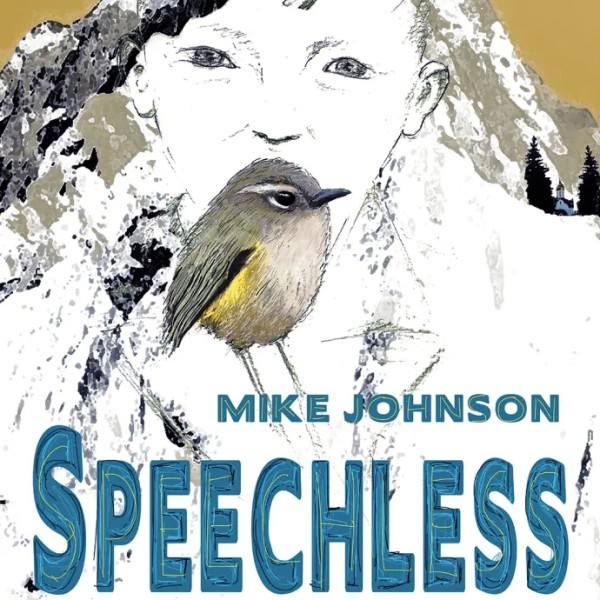
In Speechless, New Zealand novelist and poet Mike Johnson delivers a book that deserves to be read. It is a coming-of-age narrative infused with magical realism and prose so rich and emotive that it clings to the reader’s imagination. What binds the story together is love, not only between two people, but between a man and the power of language itself.
As a child, Michael Paewai Meer encounters the enigmatic and otherworldly ‘Word Bringer’. This visionary experience awakens in him a lifelong obsession with the symbolic power of words. From that moment, language shapes and shadows his journey to adulthood. Words become the life force of his emotions, the key to his connection with both fantasy and reality, until he reaches a final, transcendent silence that is both inevitable and liberating.
Johnson writes with a lyricism that unsettles and consoles in equal measure. His prose shifts effortlessly from the intimate to the visionary, from tenderness to protest. He captures how words can both illuminate and betray, reminding us of the fragile contract between language and truth.
What distinguishes Speechless is its atmosphere, invoked with a dazzling command of language. The author creates a world that shimmers with profundity. The novel transgresses conventional storytelling, taking the reader into a space where whispered words speak of existential truth and humility. It is a demanding book, but also a generous one, filled with sublime moments that resonate long after the last page is turned.
In an era overwhelmed with noise, Speechless reminds us of the dignity of silence and the peril of losing our connection to words that matter. It is a novel that resists easy definition, yet its ambition and craft make it one of Johnson’s most significant works. Readers willing to enter its shifting terrain will find not just a story, but an experience that deepens their understanding of what it means to be human.



